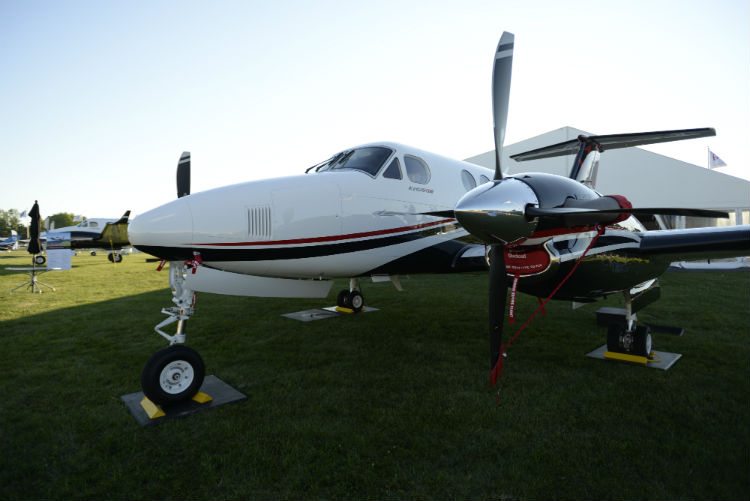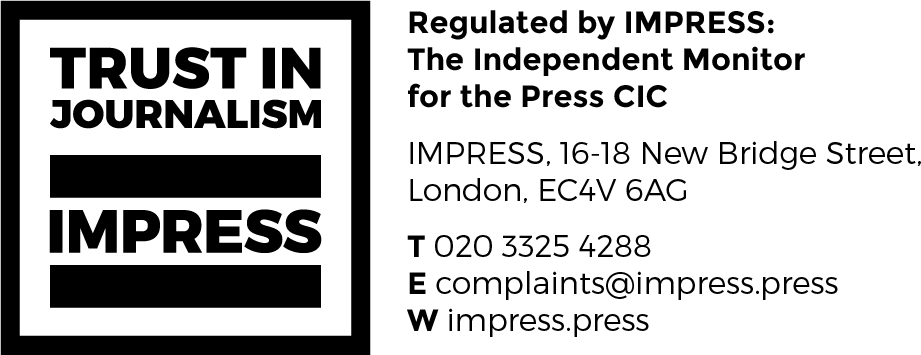Beechcraft King Air 250: Buyer’s and Investor’s Guide

Beechcraft King Air 250 at EAA 2015
A comprehensive guide for buyer’s and investor’s of the Beechcraft King Air 250 range of versatile turboprop business jets.
Pros
A rugged aircraft capable of flying into the smallest and most remote airfields, with a relatively comfortable cabin.
Cons
Relatively more expensive to own and operate in compared to other turboprops.
_________________________________________________________________________________________________________
Flying
The Beechcraft King Air 250 has a maximum range of 1,720nm* – far enough to fly between Houston and Seattle or London and Istanbul (*manufacturer quoted ferry range).
Two Pratt & Whitney PT6A-52 turboprop engines deliver a maximum speed of 357mph – making the King Air 250 relatively fast for a turboprop.
The King Air 250 is built for rugged and remote missions. Its landing gear allows the aircraft to utilise unimproved airstrips – meaning passengers can land close to their final destinations. This makes the King Air 250 a great choice for businesses with interests in natural resources.
Due to its typical mission profile, the King Air 250 is likely to fly into airports located at high altitude, with hot weather. And nothing reduces aircraft performance more than heat and altitude – especially when they are combined.
In the King Air 250, the PT6A-52 engines are rated to ISA+37 – meaning it can still perform in hot and high conditions – allowing passengers to fly into or from airports such as Denver, Mexico City or La Paz, even at the height of summer.
In the cockpit, the 250 features a Rockwell Collins Pro Line Fusion flight deck – a system geared towards single pilot operations. This need for only one pilot reduces crew costs and also opens up an additional seat in the cockpit for a passenger.
Interior
With a cabin height of 4ft 9in and width of 4ft 6in, the King Air 250 has one of the largest cabins in the turboprop market. This is mostly due to the King Air family’s ‘square-oval’ fuselage shape – making the cabin surprisingly spacious.
The aircraft can seat eight passengers in the cabin. The standard configuration features double club seating behind two regular seats – all of which swivel and recline. There is also the option to add a belted lavatory and another seat at the rear of the aircraft.
The interior features a refreshment centre with two fridges, two hot-drink dispensers and drawers.
The cabin also includes WiFi connectivity, two foldaway worktables and power outlets.
One of the most impressive features of the 250 is the quietness of the cabin. Vibration dampeners reduce the level of noise from the turboprop engines, allowing for a more peaceful journey for passengers – making the cabin a great working environment.
Owning
Between 2011 and May 2018, 197 King Air 250s had been produced. Unsurprisingly, almost two thirds of the active fleet are based in North America. As of May 2018, there were 11 aircraft for sale – representing 5.67% of the active fleet.

List price for a new King Air 250 is $6.1 million, making it one of the more-expensive turboprops, alongside the King Air 350 series.
The average aircraft on offer on the market is four-years old, with 477 total airframe hours with an asking price of $3.6 million. King Air 250s are currently spending an average of 144 days on the market.
AMSTAT data shows the average number days on market throughout the medium turboprop market is 273 – showing demand for the King Air 250 is slightly higher than other models this market segment.

Having two engines makes the 250 significantly more expensive to operate and maintain than its single-engine counterparts.
Fixed costs for the King Air 250 are $252,545 a year. This includes crew, crew training, insurance, hangarage and maintenance tracking.
_________________________________________________________________________________________________________
Hard Facts
Maximum range: 1,979miles/ 3,185km /1,720nm
Maximum speed: 357mph/574kph/Mach 0.46
Typical passengers: 4
Typical crew: 1-2
List price for new aircraft: $6.1 million
Pre-owned price: $3.6 million
_________________________________________________________________________________________________________








